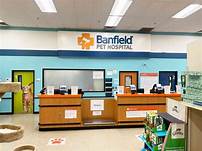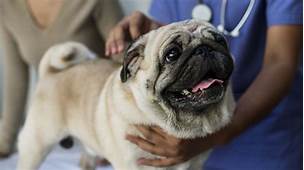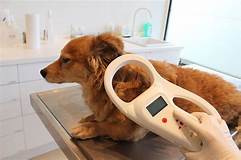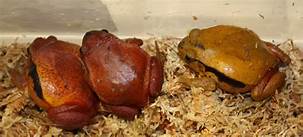What is Pet Waste
Pet waste, also known as animal waste or pet excrement, is the solid or liquid waste produced by animals, particularly domestic pets such as dogs and cats. It includes feces, urine, and, in some cases, vomit or other bodily fluids.

Pet Waste Composition:
1. Feces: Pet feces are the solid waste produced by animals after digestion and absorption of nutrients from food. They are composed of undigested food, bacteria, and other organic matter.
2. Urine: Pet urine is the liquid waste produced by animals as a result of kidney function. It contains water, urea, creatinine, and other metabolic waste products.
3. Other Bodily Fluids: In some cases, pet waste can also include vomit, saliva, or other bodily fluids that may contain bacteria or parasites.
Pet Waste Impact on the Environment:
1. Water Pollution: Pet waste can contribute to water pollution when it is not properly disposed of or when it is washed into waterways by rain or snowmelt. The bacteria and nutrients in pet waste can contaminate drinking water sources and harm aquatic life.
2. Soil Contamination: Pet waste can also contaminate soil, especially when large amounts are concentrated in a small area. The bacteria and parasites in pet waste can survive for long periods of time, posing a health risk to humans and animals.
3. Air Pollution: Pet waste can also contribute to air pollution, particularly when it is left to decompose in the open. The decomposition process releases gases such as ammonia and methane, which can contribute to smog and air quality issues.
Pet Waste Management:
1. Proper Disposal: Proper disposal of pet waste is essential to protect the environment and human health. Pet owners should pick up and dispose of their pet's waste in designated waste bins or by flushing it down the toilet (if flushable waste bags are used).
2. Pet Waste Composting: In some cases, pet waste can be composted to create a nutrient-rich soil amendment. However, it is important to follow specific guidelines and precautions to ensure proper composting and to avoid potential health risks.
3. Pet Waste Treatment Plants: Some communities have pet waste treatment plants that process and treat pet waste to reduce the environmental impact. These plants use various technologies, such as anaerobic digestion or thermal oxidation, to safely dispose of pet waste.
By properly managing and disposing of pet waste, pet owners can help protect the environment and contribute to a healthier community for both humans and animals.
Declaration: All article resources on this website, unless otherwise specified or labeled, are collected from online resources. If the content on this website infringes on the legitimate rights and interests of the original author, you can contact this website to delete it.






